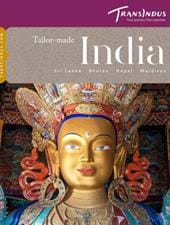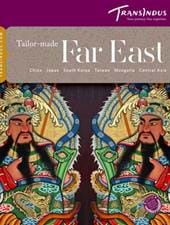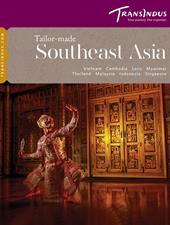Strange bones, inscribed with an ancient form of Chinese script, had for generations been turning up in fields along the banks of the Huan River in Henan Province. But only relatively recently was it discovered that these enigmatic artefacts originated in time of the distant Shang dynasty, two-and-a-half thousands years ago.
Used in divination rituals, the bones recorded questions asked by the Shang Kings; others set out detailed chronicles. Digs revealed huge palaces of rammed earth, elaborately moulded bronze urns and utensils, houses, fortifications and tombs scattered over a site subsequently identified at the Shang capital, Yi.
The most astonishing of all the finds was a burial pit belonging to the warrior-queen and priestess, Fu Hao, which held a host of valuable goods made of bronze, jade, ivory, and bone, along with the skeletons of 16 slaves and 6 dogs. The items remain exactly as they where they were placed inside the mud-walled tomb – this was the only pit on the site left undisturbed by grave robbers, and ranks among the great treasures of ancient China.








